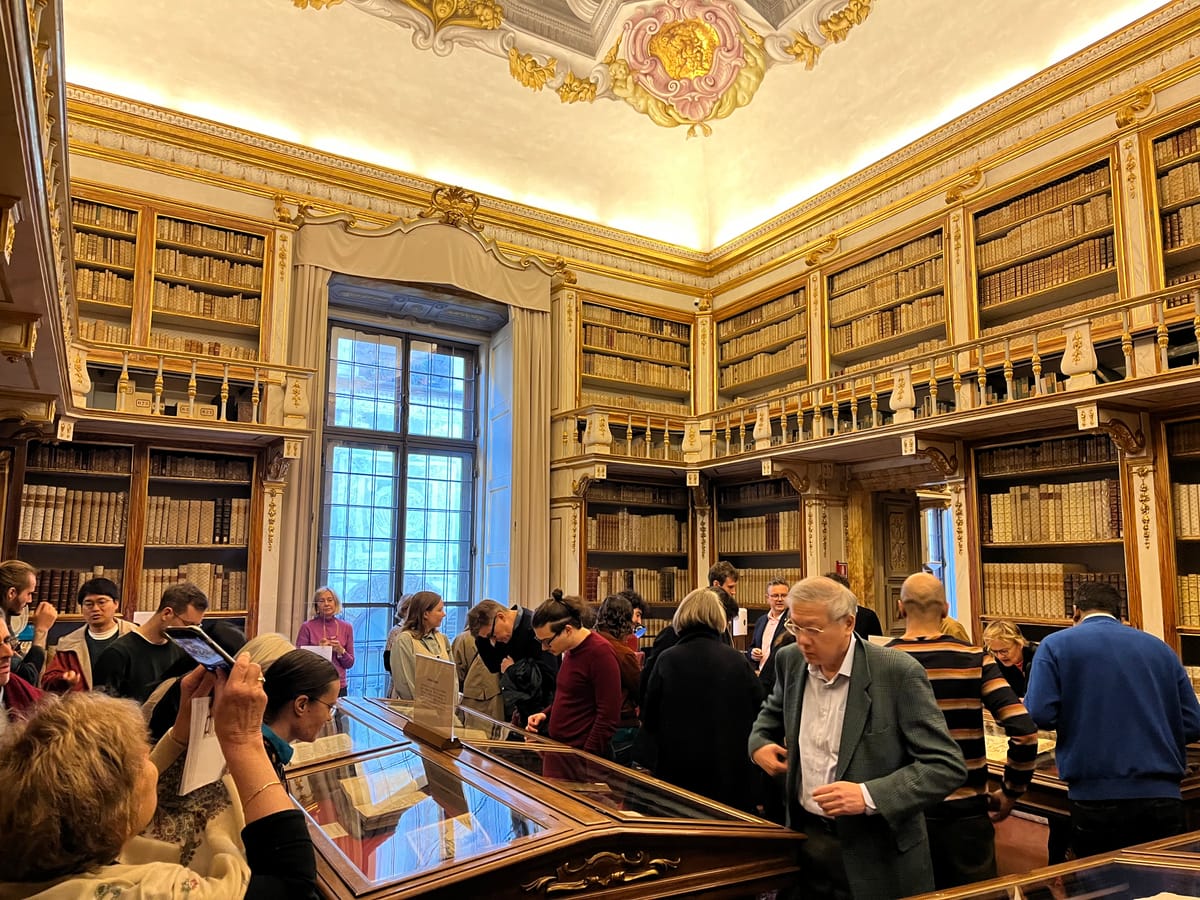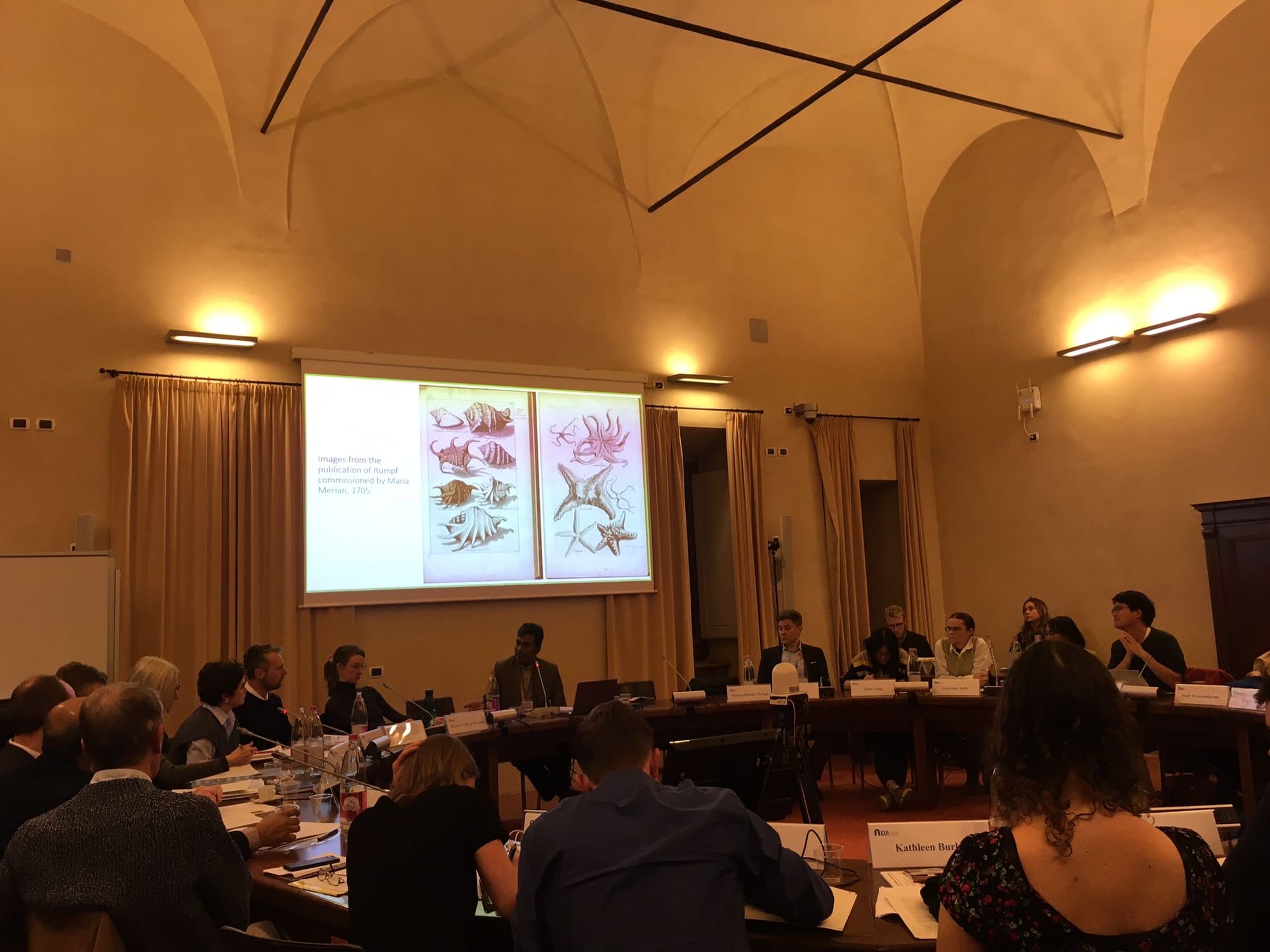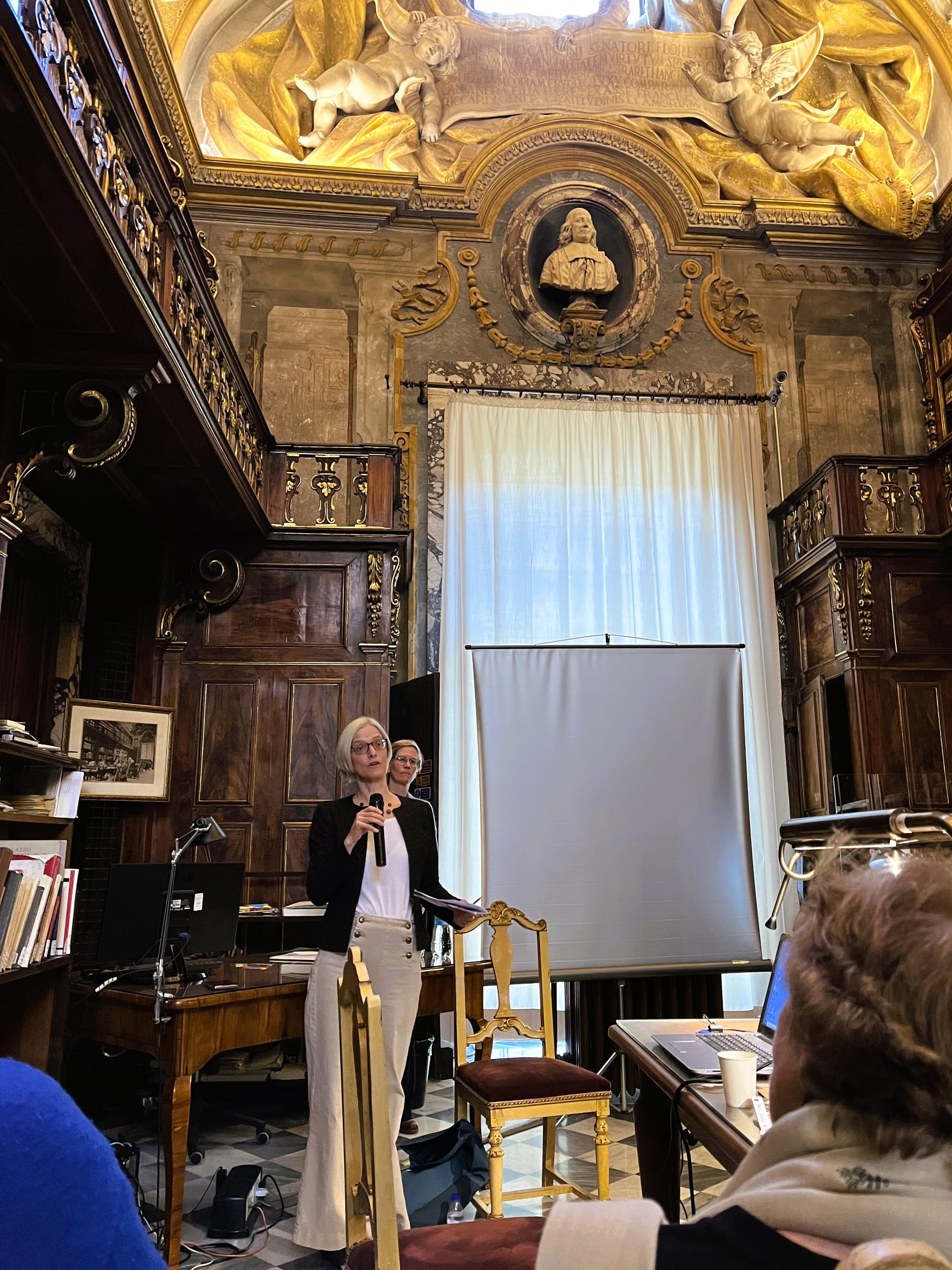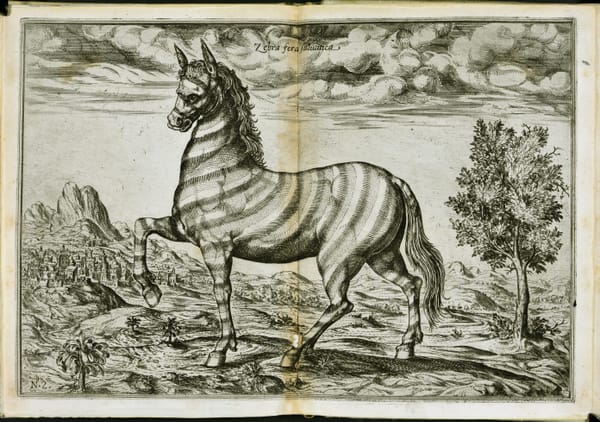Conference ‘Commodities and Environments in Early Modern Global Asia'

On 13-15 November 2024, CAPASIA organised the conference ‘Commodities and Environments in Early Modern Global Asia, 1400–1800’ in Florence. The conference examined the relationship between environments and commodities, focusing on the environmental impacts of commodity extraction, production, and trade during this period. Click here for a link to the program (https://www.capasia.eu/comenv24/).
The papers at the conference covered a wide range of topics exploring topics such the commodification of marine resources, such as pearl oysters in Guangdong (Molenaar), marine products in Japan (Hellyer), and herring in China, Korea and Japan (Yang), and the cowrie shell trade in the Maldives (Draper and Riello). Other papers addressed the theme of resource extraction and sustainability, including that of wood extraction in service of minting in India (O’Sullivan), walrus ivory in Northeast Asia (Kudachinova), the use and supply of timber for the construction of Pondicherry (Bouttier).

A central theme during the conference was an exploration of the environmental difficulties and damage caused by transplantation and the management of cash crop cultivation. This topic was analysed in contexts like opium production in Bengal (Wormer), cacao in the Philippines and Indonesia (Burke), sugar plantations in Java (Richardson and Huber), the transplantation of cinnamon to Brazil (Cabral Bernabé and Riello), the environmental impact of European colonial settlement in the Mauritius (Akung) and Seychelles (Crouzet), and debates on agronomic practices between the French East and West Indies (Talini).
Urban and ecological impacts were featured in presentations on Colombo’s early modern urban development (Bulten) and the use of brick Dutch settlements in Asia (Lin). Finally, the commodification of environments extends to peasant use of fertilisers in Japan (Tanimoto) and buffalo labour in sugar cultivation in Taiwan and Java (Xu). The keynote lectures addressed oceans as resources (Arch), colonial natural history (Easterby-Smith), human-nature interactions in the Indian Ocean (Sivasundaram), and the fascinating story of the partially failed eighteenth-century rhubarb transplantation (Gerritsen).

The first two days were held in the Badia Fiesolana of the European University Institute in San Domenico. The third day’s proceedings took place in the beautiful Biblioteca Riccardiana in the centre of Florence, where the exhibition related to the conference “Commodities and Environments: Florence and the Indo-Atlantic Worlds, 1500-1800” was unofficially opened by Marco del Panta, Secretary General of the European University Institute, and the director of the library Roberta Masini together with Giorgio Riello. Click here to read more about the official opening the following week (link).
The CAPASIA team is very pleased with this event, given the high quality of the papers, excellent questions, and lively discussions. It gives us much to think about, and we would like to thank everyone involved.





